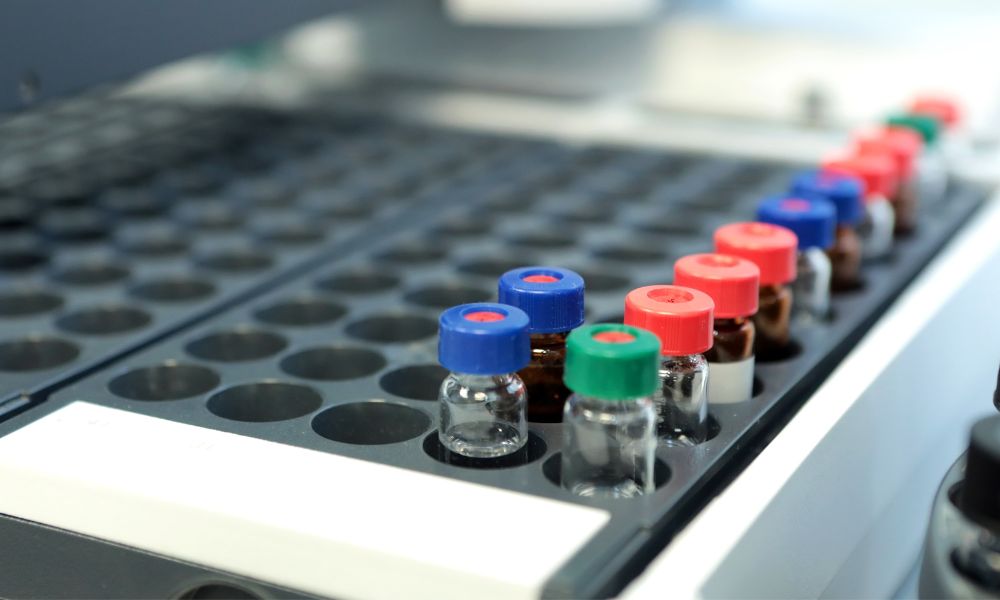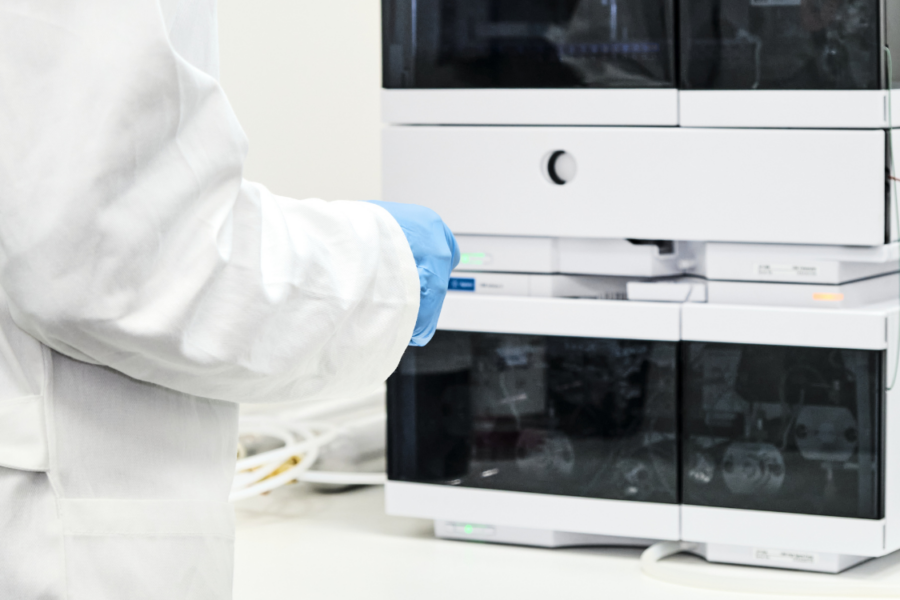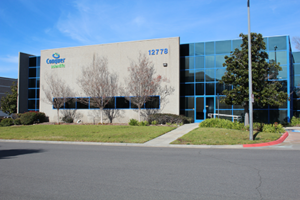Gas chromatography can go wrong in many ways, from the carrier gas to the flow rate and more. To improve your gas chromatography operation, read our list of dos and don’ts to remember while preparing gas chromatography tests.
Confirm the Carrier & Detector Gas Are Correct
It’s always best to ensure the carrier and detector gas in the technique are correct and clean. The carrier gas takes the vaporized sample through the column. If it’s a low-grade gas or not a suitable substance, it can degrade the test results and even the equipment.
Hydrogen, helium, and nitrogen are the most common carrier gasses, so ensure the carrier gas is specifically manufactured for gas chromatography, even if it is expensive. The equipment manufacturer of the gas chromatography instruments should also include recommendations for gas grades, and operators should follow them to ensure accurate results.
Perform Inspections & Tests Frequently
Preventative maintenance and equipment inspections are integral to well-running gas chromatography operations. It’s easy to overlook maintenance, but the instruments can degrade and produce unreliable results without frequent inspections and tests.
Gas chromatography operators should conduct periodic pressure leak tests to ensure the plumbing, fitting, and valves are secure and stable. If your gas chromatography equipment needs maintenance or repairs, Conquer Scientific has a team of technicians who can fix it quickly.
Don’t Use Incorrect Flow Rates
An incorrect gas flow rate is one of the most common mistakes during gas chromatography operations. Optimize the gas flow rate according to the OEM equipment recommendations. Then, the machine operator should be able to adjust the gas to the recommendations quickly.
Before turning on the detector gasses, operators should heat the detector to its operating temperature for a more stable environment. They should never heat a column without any carrier gas glow, as it can quickly damage the column.
Don’t Flood the Injection Liner
Another common mishap with gas chromatography operations is flooding the injection liner with the sample. If the sample volume is too large for the liner, it can cause a backflash, which taints the results with chromatogram peaks and makes the test’s repeatability challenging.
Gas chromatography operators should consider the temperature of the inlet and the type of solvent for the sample. The gas volume from solvents can differ widely when the sample vaporizes after injection, so always double-check before injection.
We hope our list of dos and don’ts helps your gas chromatography operation be the best it can be. If your lab could use new equipment, Conquer Scientific has a wide selection of used gas chromatographs and other quality equipment. Contact our helpful staff with questions about gas chromatography equipment and instruments.







